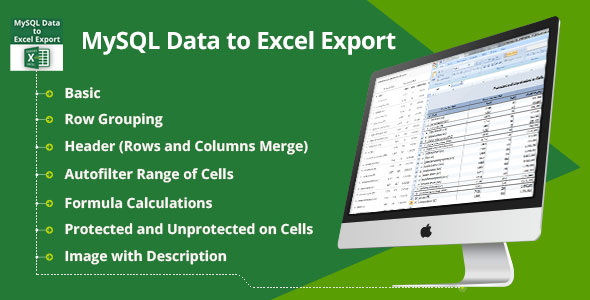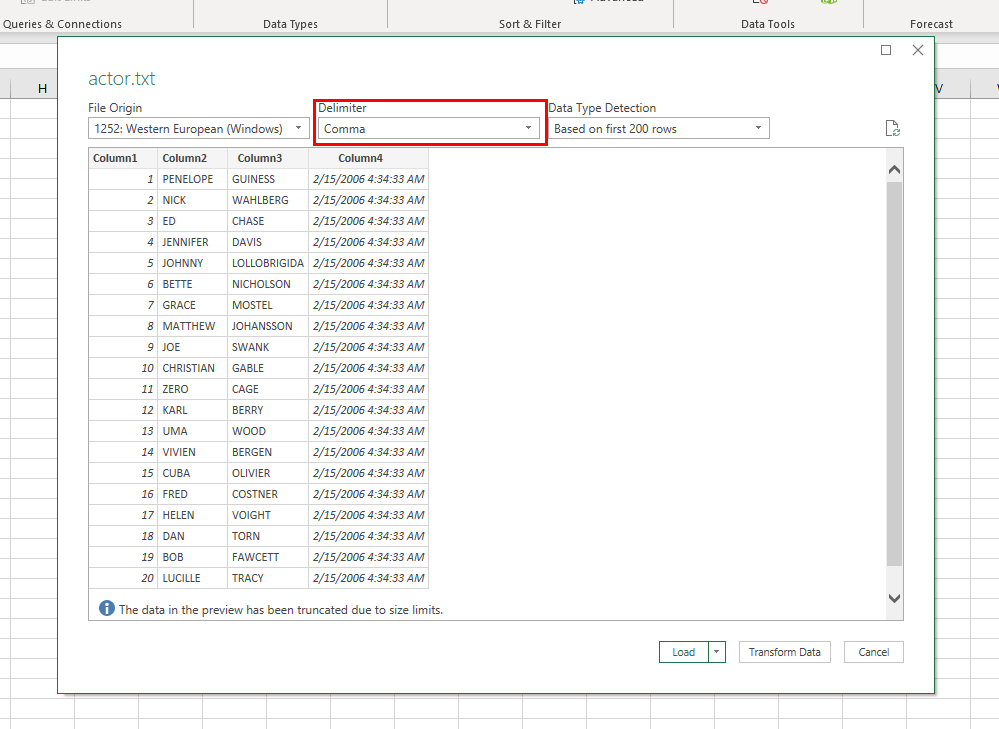5 Simple Ways to Export MySQL Data to Excel

In the ever-evolving world of data management, the task of exporting data from a database to a spreadsheet is quite common. Whether you are a database administrator, a business analyst, or just someone needing to process data, moving MySQL data to Microsoft Excel is a practical skill to master. Here, we will explore five simple methods to achieve this. Each method has its own advantages, so choose the one that fits your scenario best.
Method 1: Using phpMyAdmin

phpMyAdmin is a popular web-based tool for MySQL management that makes exporting data quite straightforward. Here’s how to do it:
- Log in to your phpMyAdmin interface.
- Select the database from which you want to export data.
- Click on the Export tab.
- Choose the tables or specify the SQL query to extract the data you need.
- Under the Export method, select Quick for minimal configuration or Custom for more control.
- From the Format drop-down, choose CSV for MS Excel.
- Optionally, you can enable features like ZIP compression or adjust the delimiters.
- Click on Go to initiate the export, and save the resulting file.
💡 Note: Remember, large datasets might slow down the export process, consider breaking them into smaller parts if necessary.
Method 2: SQL Query into CSV

Another method involves executing an SQL query that outputs the result directly to a CSV file:
- Access your MySQL database via command line or a GUI like MySQL Workbench.
- Write a SELECT query to retrieve the desired data:
SELECT * FROM table_name
INTO OUTFILE '/path/to/file.csv'
FIELDS TERMINATED BY ','
ENCLOSED BY '"'
LINES TERMINATED BY '\n';
👀 Note: Ensure that your MySQL user has WRITE permission for the specified export path.
Method 3: MySQL Shell to Excel

If you're using the MySQL Shell, which offers JavaScript, Python, or SQL scripting capabilities:
- Open MySQL Shell.
- Use Python or JavaScript to connect to your MySQL instance:
import mysql.connector
from mysql.connector import Error
import csv
try:
connection = mysql.connector.connect(host='your_host', database='your_database', user='your_user', password='your_password')
if connection.is_connected():
cursor = connection.cursor()
cursor.execute("SELECT * FROM your_table")
with open('file.csv', 'w', newline='') as csvfile:
csv_writer = csv.writer(csvfile)
csv_writer.writerow([i[0] for i in cursor.description]) # Writes headers
csv_writer.writerows(cursor.fetchall())
except Error as e:
print("Error while connecting to MySQL", e)
finally:
if connection.is_connected():
cursor.close()
connection.close()
🔒 Note: Always handle your database credentials securely.
Method 4: Third-Party Tools

Several third-party tools are designed to simplify the process of exporting MySQL data to Excel:
- Navicat: Offers a visual interface to export data to various formats, including Excel.
- Toad for MySQL: Allows for direct export to Excel from query results or table data.
- MySQL Workbench: Has export options but often requires additional configuration for Excel.
Each tool usually requires a simple connection setup to your MySQL database, followed by selecting the export option and choosing the desired format.
Method 5: Using a Spreadsheet Import Feature

Microsoft Excel has a built-in feature for importing data from external databases:
- Open Excel, go to Data > Get Data > From Database > From MySQL Database.
- Enter your MySQL server details and click OK.
- Choose the database and table or query you want to import.
- Excel will fetch the data, which you can then work with directly.
This method is particularly handy when you need to refresh data regularly.
In conclusion, exporting MySQL data to Excel can be accomplished in several ways, each with its pros and cons. Depending on your requirements for automation, size of data, or ease of use, one method might stand out over the others. Whether you're dealing with small datasets or managing large enterprise databases, these techniques will help you in your data manipulation tasks. By mastering these methods, you’ll gain the flexibility to work with data in formats that best suit your analytical needs.
How can I export only specific rows or columns?

+
You can use SQL queries to filter and select specific rows or columns. For example, with phpMyAdmin, you can write a SELECT query in the SQL tab before exporting, or in MySQL Shell, you can modify the query to include conditions like WHERE clauses.
What if my data has special characters or commas?

+
When exporting to CSV, ensure the fields are properly enclosed by quotes to handle special characters and commas. Also, choose an appropriate field terminator in the export settings if necessary.
Can I automate the export process?

+
Yes, for automation, you can use scripting in MySQL Shell, scheduled tasks, or batch scripts to run SQL queries or export commands automatically at set intervals.
Are there any limitations to the size of the data I can export?

+
The primary limitations are related to server performance and available disk space. Very large datasets might slow down or crash export operations, so breaking them into smaller parts might be necessary.